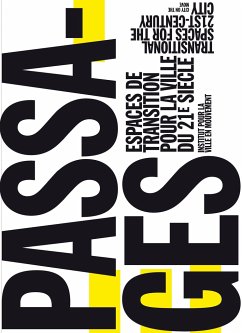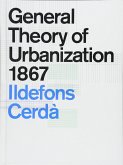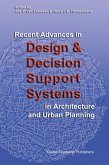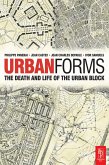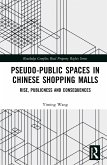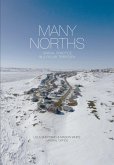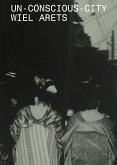Tunnels, footbridges, escalators, urban cable cars, pathways - passages are essential links, with the potential to generate distinctive urban environments. They require little investment and should be an integral part of all big urban projects, helping to repair the fractures produced by fast transit infrastructures and the urban zoning practices of the recent past. Designing and building passages is a way to act quickly and to lay the foundations for larger scale transformations: international analyses and examples. The product of a joint program with an international network of cities, universities, and experts from different disciplines, as well as the catalog of a touring exhibition, the book analyzes more than 150 completed passage projects and describes methods for action. It is addressed to researchers, designers, politicians and technicians, transit firms and operators, citizen groups and anyone interested in the right to the city and concerned with the quality of these small spaces of movement. Eight articles by the exhibition curators punctuate the catalog and provide insights into passages in their historical, spatial, social, and sensory dimensions, as well as from the perspective of emerging mobilities and the desires of citydwellers. Contents: the thousand and one barriers of the contemporary city; historical chronology; global panorama of passages defined in terms of Link, Place, and Transition; mutating mobilities and passages; taking action: international examples and actions by IVM; Manifesto for the Passage and call for innovation.
Hinweis: Dieser Artikel kann nur an eine deutsche Lieferadresse ausgeliefert werden.
Hinweis: Dieser Artikel kann nur an eine deutsche Lieferadresse ausgeliefert werden.
